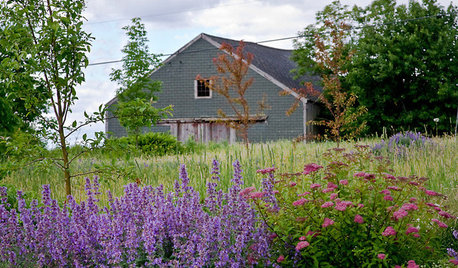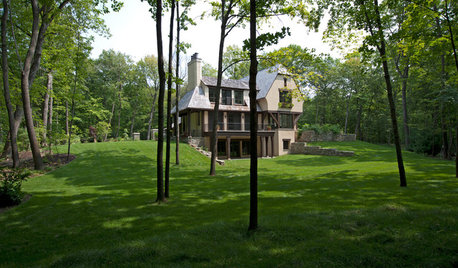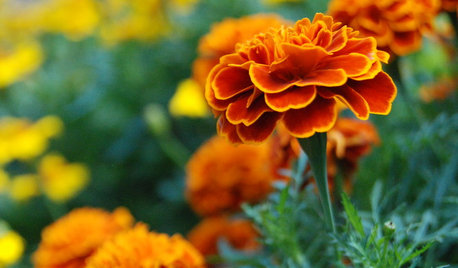Mulch vs. groundcover for orchard
Asimina76
10 years ago
Related Stories

GARDENING GUIDESHow to Pick a Mulch — and Why Your Soil Wants It
There's more to topdressing than shredded wood. Learn about mulch types, costs and design considerations here
Full Story
GARDENING GUIDESNew Ways to Think About All That Mulch in the Garden
Before you go making a mountain out of a mulch hill, learn the facts about what your plants and soil really want
Full Story
GARDENING AND LANDSCAPINGLandscape Tour: Two Acres of Rural Hillside in Maine
An orchard of crab apples, a grove of sugar maples, even a hayfield ... pastoral landscape beauty doesn't get more idyllic than this
Full Story
GROUND COVERSGround Force: 10 Top Ground Covers for Your Garden
Protect your soil from weeds and drought this summer with a living mulch of ground covers
Full Story
GARDENING GUIDES6 Native Ground Covers for Tough, Dry Spots
Sun beating down on your sandy gravel? Thick shade darkening your clay soil? There’s a ground cover here for you
Full Story
DESIGN DICTIONARYGrove
A tree grouping, or grove, has no undergrowth, keeping the views open
Full Story0

REGIONAL GARDEN GUIDESNortheast Gardener's October Checklist
Go for the gold, get ready for frosts and note your garden combos that looked great
Full Story
FALL GARDENING5 Ways to Put Fall Leaves to Work in Your Garden
Improve your soil and yard the organic way with a valuable garden booster that grows on trees
Full Story
LANDSCAPE DESIGNGet Along With Less Lawn — Ideas to Save Water and Effort
Ditch the mower and lower your water bill while creating a feast for the eyes with diverse plantings and gathering places
Full Story
EARTH DAYThe Case for Losing the Traditional Lawn
Work less, help the environment and foster connections by just saying no to typical turf
Full Story





fruitnut Z7 4500ft SW TX
Asimina76Original Author
Related Professionals
Reading Landscape Architects & Landscape Designers · Allentown Landscape Architects & Landscape Designers · Glendora Landscape Architects & Landscape Designers · Hershey Landscape Architects & Landscape Designers · Jennings Landscape Architects & Landscape Designers · Zion Landscape Architects & Landscape Designers · Mooresville Landscape Contractors · Battle Ground Landscape Contractors · Berkley Landscape Contractors · Fort Mill Landscape Contractors · Lakewood Landscape Contractors · North Potomac Landscape Contractors · Oak Harbor Landscape Contractors · Pine Hills Landscape Contractors · Teaneck Landscape Contractorsfruitnut Z7 4500ft SW TX
canadianplant
drew51 SE MI Z5b/6a
alan haigh
Charlie
rayrose
canadianplant
austransplant
bamboo_rabbit
Asimina76Original Author